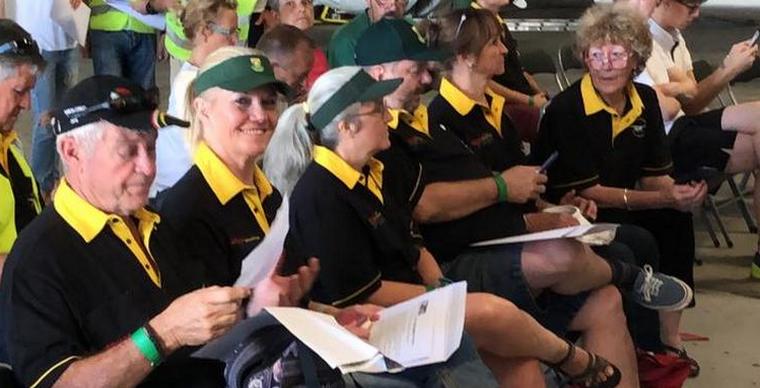SA Nationals in Air Navigation Racing 2024 – Stellenbosch Leg
By Pamela Russell
The Northern portion of the SA Nationals in ANR took place a few weeks ago out of Brakpan Airfield. This past weekend saw the corresponding Southern event at the beautiful Stellenbosch airfield. Running parallel competitions allows for greater representation from all parts of the country and will hopefully continue to fuel the growing participation by Western Cape pilots.

FASH – pretty as a picture

Competitors studying the schedule



























_-_Nationals_Brits_2019/1.png)
_-_Nationals_Brits_2019/2.jpg)
_-_Nationals_Brits_2019/3.jpg)
_-_Nationals_Brits_2019/4.jpg)
_-_Nationals_Brits_2019/5.jpg)
_-_Nationals_Brits_2019/6.jpg)
_-_Nationals_Brits_2019/7.jpg)
_-_Nationals_Brits_2019/7A.jpg)
_-_Nationals_Brits_2019/8.jpg)
_-_Nationals_Brits_2019/10.jpg)
_-_Nationals_Brits_2019/11.jpg)
_-_Nationals_Brits_2019/12.jpg)
_-_Nationals_Brits_2019/13.png)
_-_Nationals_Brits_2019/14.png)
_-_Nationals_Brits_2019/15.png)
_-_Nationals_Brits_2019/16.png)
_-_Nationals_Brits_2019/17.png)
_-_Nationals_Brits_2019/18.png)
_-_Nationals_Brits_2019/19.jpg)